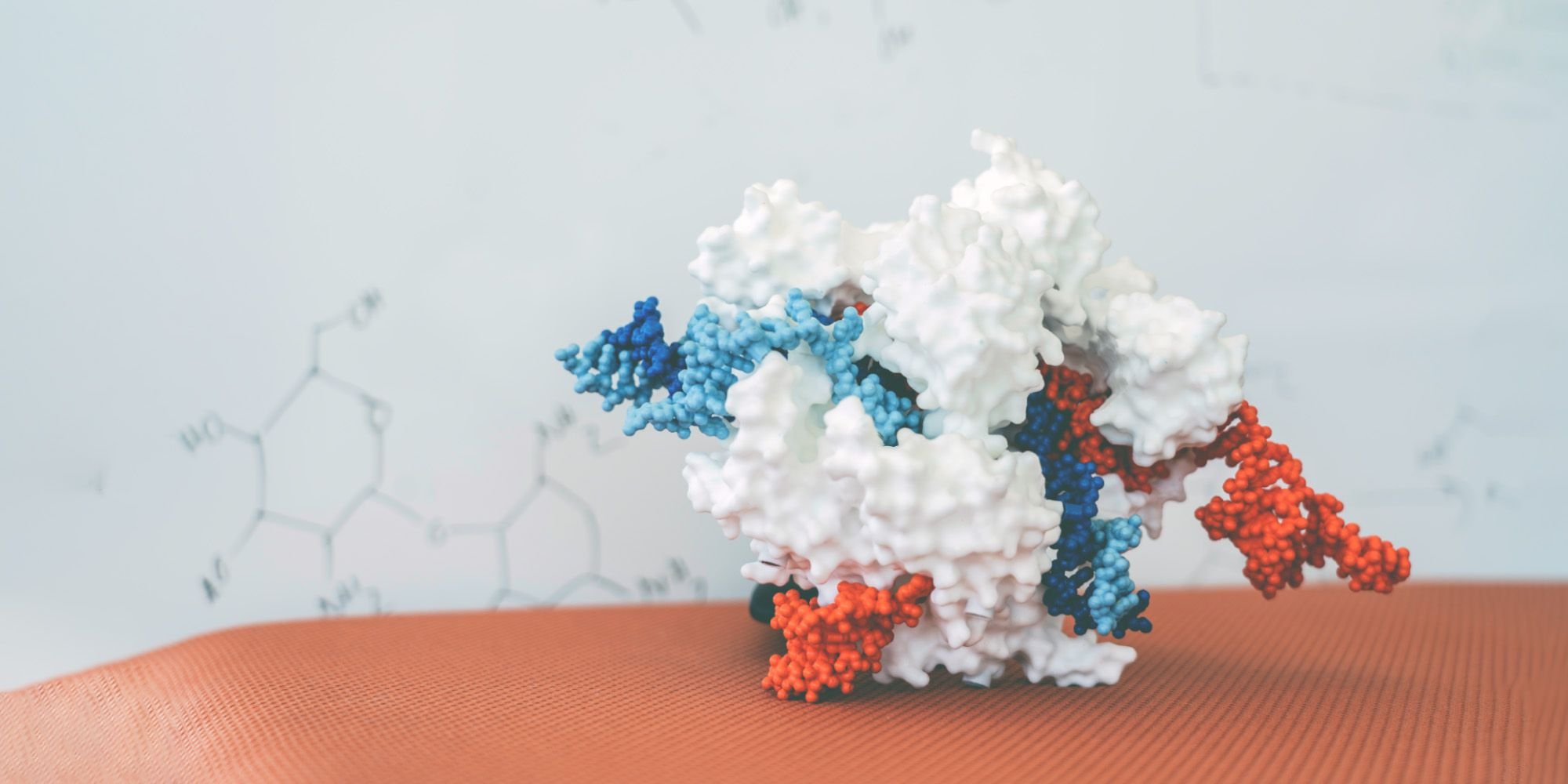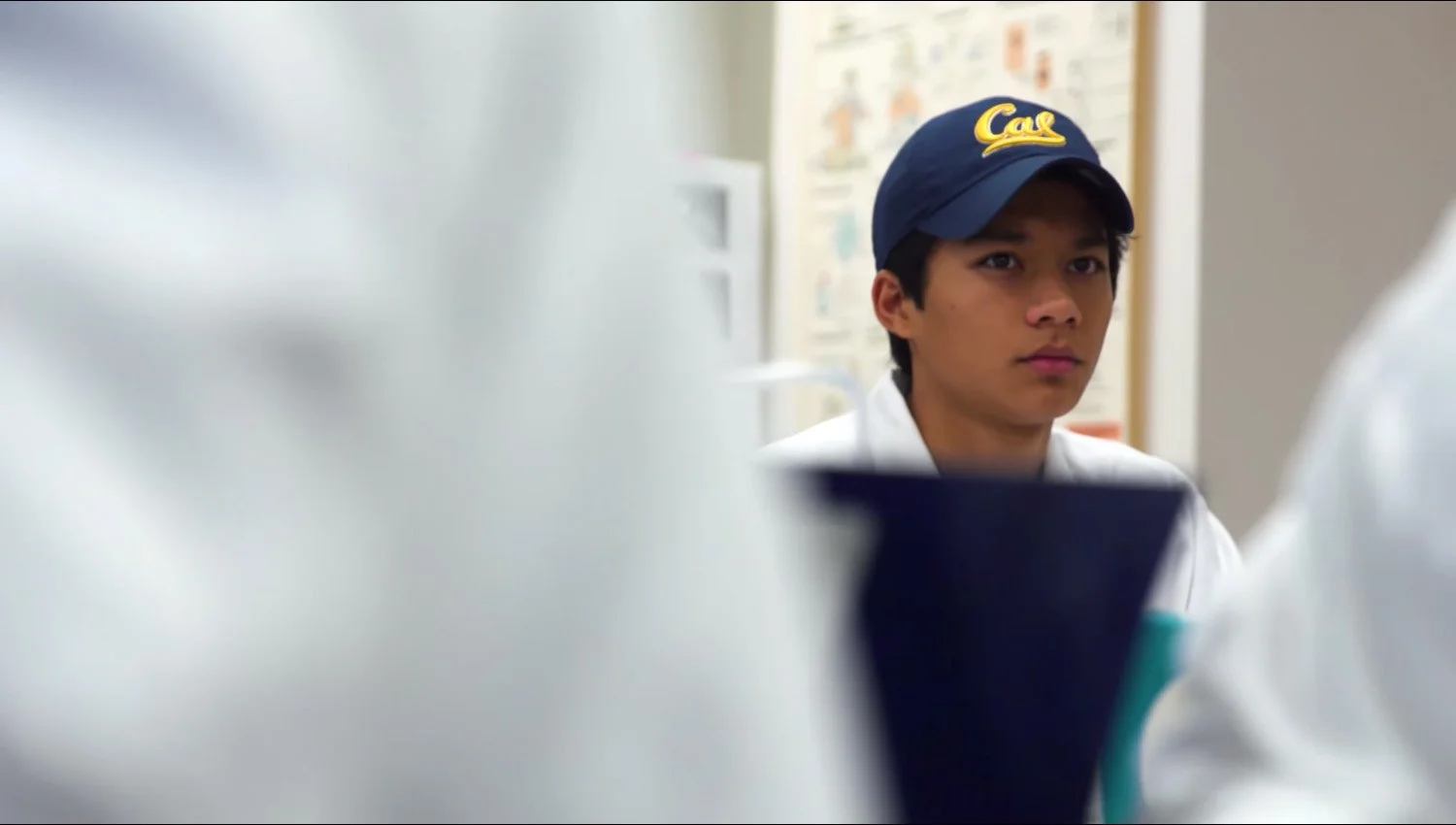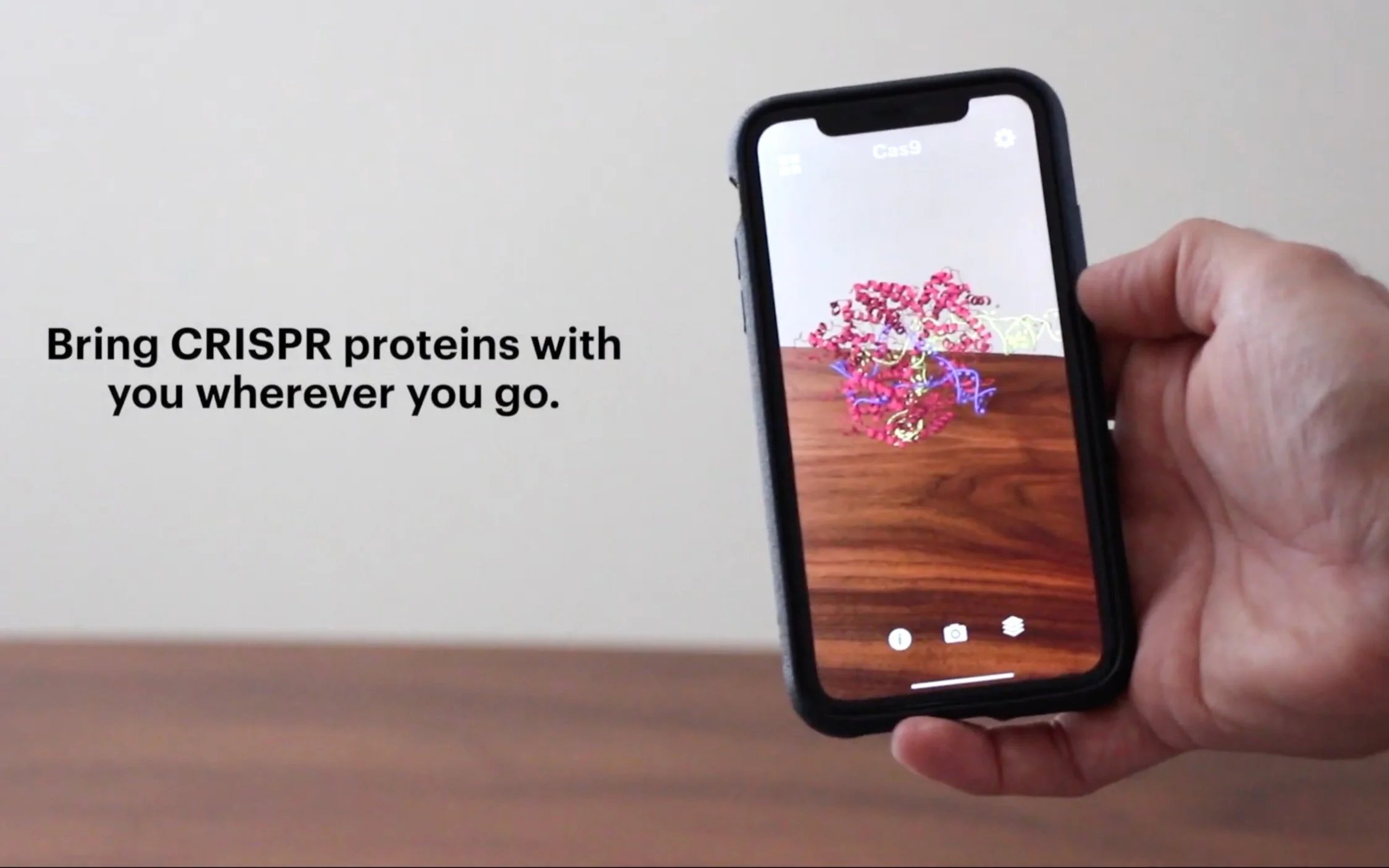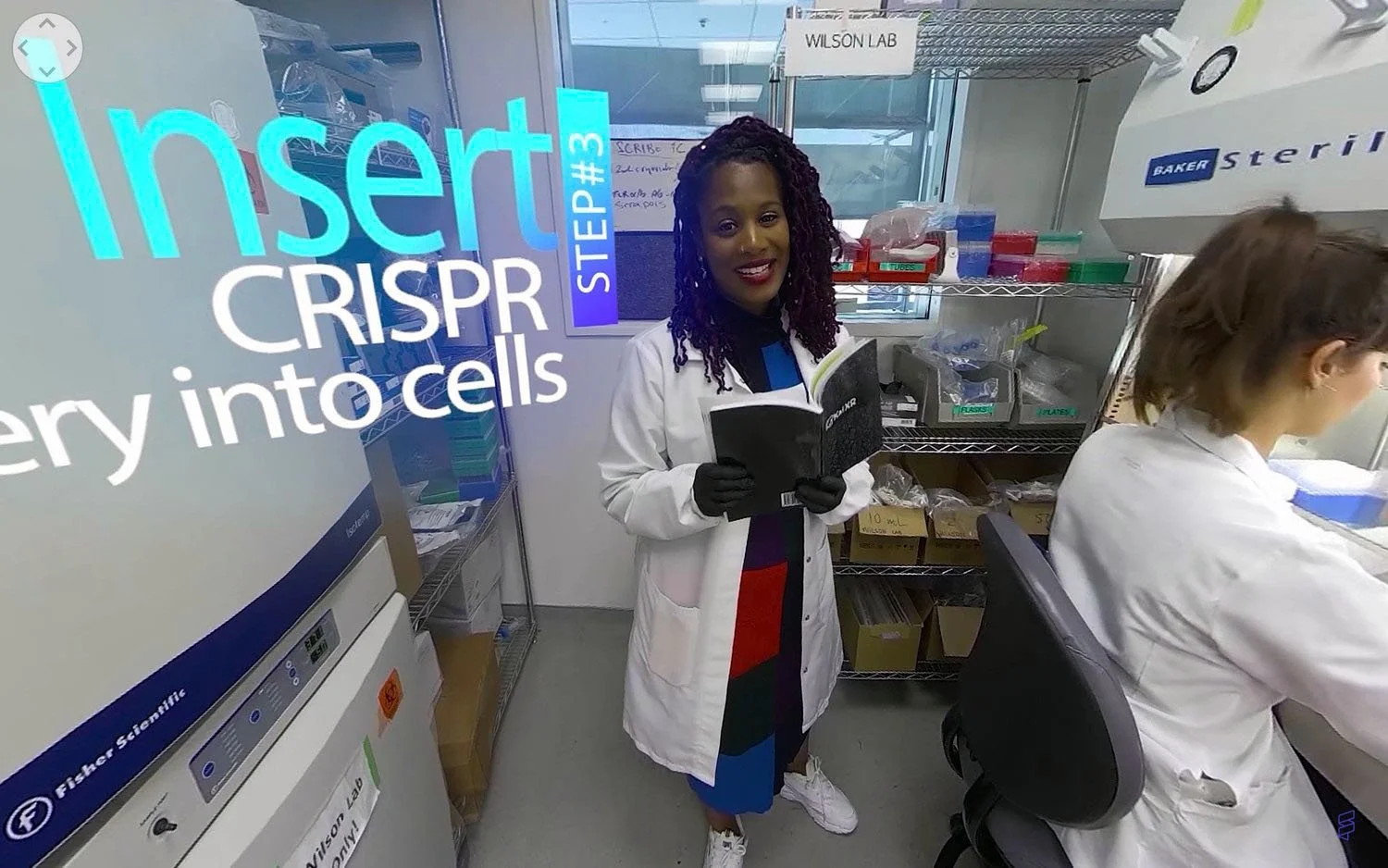Education & Outreach
Science classes and lectures can be painfully dull. They often fail to capture the best parts of being a scientist—the thrill of discovery, the emboldening sense of camaraderie, and the joyful reminders of nature's complexity and elegance.
I strive to make science just as exciting for everyday people as it is for scientists.
Interactive, hands-on experiences
During my time the Innovative Genomics Institute, I enjoyed organizing a variety of free events, lab tours, and exhibits that let community members talk to scientists and explore biotechnology through hands-on activities.

CRISPRpedia
CRISPRpedia is a free, textbook-style resource that explains and illustrates all things CRISPR.
As project lead, I developed the concept, coordinated the team, wrote and edited text, provided creative direction and illustration feedback, worked on layout, and recruited and interfaced with scientific reviewers.
Undergraduate Course & Journal Club
I co-designed what I believe to be the first undergraduate CRISPR course, offered each summer at UC Berkeley for several years.
I also facilitated a popular CRISPR-themed journal club for Cal students, who don’t often get to read and discuss primary research papers until the very end of their college education.
Next-Gen Educational Technologies
I love to explore the potential of new technologies for making STEM more accessible and intriguing. Extended reality (XR) is especially exciting, as the built-in interactivity and immersion can encourage active learning.
There is much more to learn about how to use these emerging tools effectively, but I’ve found them fascinating to develop and deeply useful in a variety of education and outreach settings.
Virtual Reality (VR)
I worked with the Lawrence Hall of Science and Dynamoid to design CRISPR-VR, an immersive, self-guided experience through an experimental genome editing therapy for sickle cell disease. Beyond its use at outreach events, we adapted the VR experience as a planetarium show and used video captures as part of a high school curriculum module.
Augmented Reality (AR)
Developed collaboratively with Vital Mind Media, CRISPR-3D is a free app that lets users view and learn about CRISPR protein structures in augmented reality.

Whiteboard Explainer Videos
Kevin Doxzen and I were lucky to work with talented high school and undergraduate students for this IGI series—I provided overall creative direction, mentoring, and hands-on support.
More Educational Projects
-

Illustrated glossary
Succinct, lay-friendly definitions of scientific terms with simple icons that are free to download and remix for non-commercial uses.
Developed with Christine Liu of Two Photon Art.
-

"Phage Invaders" game
Telling the story of CRISPR’s natural function in microbes—players learn the fundamental steps of immunity through fast, fun gameplay.
Developed with Vital Mind Media and IGI interns.
-

"Ask a Scientist" program
Where do you turn when you have complicated questions that Google can’t answer? This program paired scientist-volunteers with curious students and lay people from all over the world.
-

Inclusive science communication
Translating content into Spanish, checking graphics for color-blind friendliness, adding alt text to images, and shining the spotlight on marginalized researchers makes STEM more accessible and welcoming.







